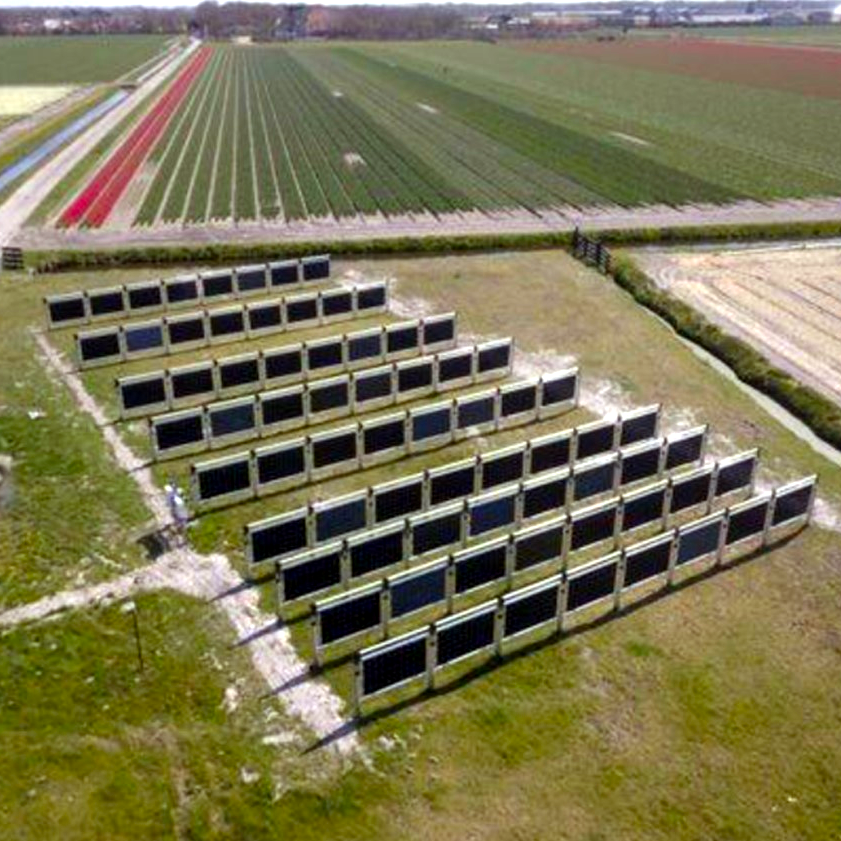
Researchers at the Netherlands Organisation for Applied Scientific Research (TNO) have delved into the intriguing phenomenon of higher energy yields in vertical photovoltaic (PV) systems compared to their horizontal counterparts. The study, titled “Thermal model in digital twin of vertical PV system helps to explain unexpected yield gains,” and published in EPJ Photovoltaics, focuses on the lower operating temperatures observed in vertical installations.
According to Bas B. Van Aken, the corresponding author of the research, the team noticed a discrepancy between the reported performance gains of vertical bifacial PV installations and the operating temperatures when compared to free-standing fixed tilt PV systems with the same irradiance. Lower operating temperatures, as found in vertical setups, positively influence the operating voltage, leading to increased total energy generation, especially under high irradiance conditions.
The study employed a thermal model within a digital twin of a vertical PV system to elucidate the unexpected yield gains. Digital twins, virtual representations linked to real-world assets, were used to simulate the output of the PV panels based on time series of weather and environmental data. This approach, commonly used in the operation and maintenance (O&M) of solar power plants, facilitated a comparison between simulated and observed data.
Measurements were taken from a vertical PV system near TNO facilities in Petten, the Netherlands. The east-west system comprised nine rows, each featuring eight 315 W bifacial modules with varying spacings between rows. An in-house extraction method was used for analysis, revealing that the heat transfer coefficients of vertical panels were nearly double those of horizontal panels. Heat transfer coefficients, crucial in understanding how heat energy moves between materials, were found to significantly impact the performance of the vertical array.
The researchers discovered that the vertical array operated at a temperature difference with respect to ambient conditions that was almost halved, resulting in a 2.5% higher annual energy yield. Van Aken emphasized the importance of examining the actual operating conditions of evolving solar panel applications. The findings suggest a potential 2-3% increase in annual electricity yield in the Netherlands, with the lower operating temperature mitigating degradation mechanisms, and this effect could be even more substantial in regions with higher irradiance conditions.